Hello everybody
I’m Cuong.Today I will talk about SQL Server (Strusctured Query Language)
Everything about SQL Server- The best Database Management system
SQL Server is becoming increasingly popular and more accessible. Even if you’re not a programmer, you can still use SQL Server to handle tasks easily. Depending on the audience and the workload, SQL Server offers various versions to support users.
- SQL Server has become increasingly prevalent and accessible, extending its reach beyond just programmers. Even those without coding expertise can leverage SQL Sever to effortlessly manage their tasks. With various editions tailored to defferent user need and wordloads, SQL Server offers flexible solutions for all.
- As one of the most widely used database management systems today, SQL Server, developed by Microsoft, empowers users to build critical, intelligent applications on a unified, scalable database platform. It seamlessly integrates cutting-edge features, from in-memory performance and advanced security to in-database analytics, making it a comprehensive tool for modern data management.
Appendix
- What is SQL Server ?
- Components of SQL Server ?
- What is SQL Server used for ?
- Some Versions of Relational Database Management Systems - SQL Server
What is SQL Server ?
A brief Overview of SQL’s Histoty
- In 1970, SQL was created by Donald D. Chamberlin and Raymond F. Boyce.
Initially, SQL was called ‘SEQUEL’ (Structured English Query Language) and was designed to query data stored in IBM’s database. However, after a trademark dispute, the name ‘SEQUEL’ was replaced with 'SQL.
The first version of Microsoft SQL Server was released in 1989 for 16-bit operating systems with SQL Server 1.0, and it has continued to evolve to this day.
What is SQL Server ?
SQL Server (Structured Query Language) is a sophisticated software developed by Microsoft, designed to store and retrieve data in compliance with RDBMS (Relational Database Management System) standards. An RDBMS encompasses a variety of components, including databases, a powerful database engine, data management applications, and other essential elements, all working together to provide a comprehensive data management solution.
SQL Server is optimized to operate in extremely large database environments, scaling up to terabytes of data, and is capable of serving thousands of users simultaneously.
Components of SQL Server
- SQL Server is composed of several integral components, including the Database Engine, Reporting Services, Notification Services, Integration Services, and Full-Text Search Service. When these components work in harmony, they form a comprehensive solution that simplifies the processes of data storage and analysis, providing a seamless experience for managing and extracting valuable insights from data.
Key Components:
Database Engine
– The Heart of SQL Server:
This core engine is capable of handling data at various scales in the form of tables and supports all common Microsoft data connection types, including ActiveX Data Objects (ADO), OLE DB, and Open Database Connectivity (ODBC).
Additionally, it features self-tuning capabilities, such as utilizing extra system resources when needed and releasing them back to the operating system when a user logs off, ensuring efficient and adaptive performance.
SQLOS
The final layer in SQL Server’s architecture, SQLOS is responsible for handling tasks such as memory management, task scheduling, and data locking to prevent unintended conflicts during update operations.
External Protocols
- These are protocols used to communicate with the Database Engine. They include TCP/IP and VIA (Virtual Interface Adapter), among others.
What is SQL Server used for ?
Creating and Maintaining Databases
The primary purpose of SQL Server is to store and maintain databases. Think of SQL Server as a central hub where data is collected and centralized. However, this data is not stored haphazardly or without structure. To facilitate user queries and data retrieval, SQL Server organizes and stores data in a purposeful manner. Users can leverage existing storage tools to categorize and arrange data efficiently.
Data Analysis and Reporting
Once data is purposefully stored in SQL Server, it can be analyzed using SQL Server Analysis Services (SSAS). This allows for in-depth examination and insights into the data. Additionally, SQL Server offers the capability to generate reports on the stored data through SQL Server Reporting Services (SSRS). This feature enables users to create detailed and insightful reports, tailored to their specific needs.
Some Versions of Relational Database Management Systems - SQL Server
Before diving into this section, I’d like to point out an important aspect. The essence of a Relational Database Management System (RDBMS) serves as a foundation for various database systems, not just SQL Server. Other notable examples include IBM DB2, Oracle, MySQL, and Microsoft Access.
However, within the scope of this discussion, we will focus specifically on SQL Server and explore its various editions.
Enterprise Edition:
- This edition represents the pinnacle of SQL Server’s capabilities. It includes the full suite of database engine features and accompanying services, along with advanced tools for creating and managing SQL Server clusters. Designed to handle massive databases up to 524 petabytes and support up to 640 processors, the Enterprise Edition is tailored for large-scale, high-performance environments.
Standard Edition:
- Ideal for medium and small businesses, the Standard Edition offers a cost-effective alternative to the Enterprise Edition. It provides essential features for managing databases without the extensive capabilities required by larger organizations.
Developer Edition:
- This edition includes all the features of the Enterprise Edition but is customized for development and testing purposes. It provides a comprehensive environment for building and refining applications.
Workgroup Edition:
- The Workgroup Edition focuses on core database functions without additional services. Notably, from SQL Server 2012 onwards, this edition has been discontinued by Microsoft.
Express Edition:
- Known for its ease of use, the Express Edition is designed for simpler database management tasks. Integrated with Microsoft Visual Studio, it facilitates the development of data-driven applications. This version is free of charge and doesn’t impose restrictions on the number of users or database size. However, it is limited to one CPU, 1 GB of memory, and 10 GB of database files. For new developers or those working on smaller projects, this edition offers valuable support from Microsoft.
Thanks for reading the blog post. love you soo much!!. Goodbye and see you again ❤😍😘

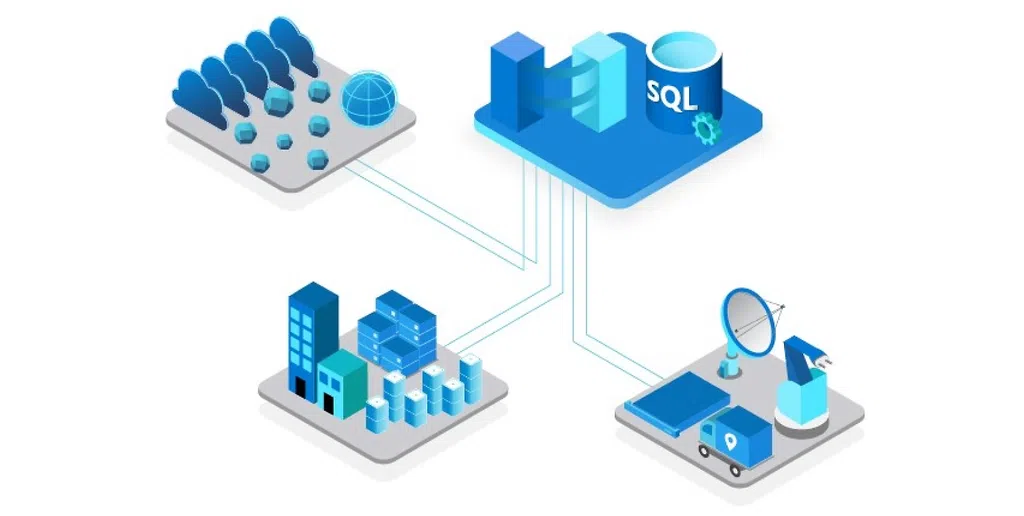
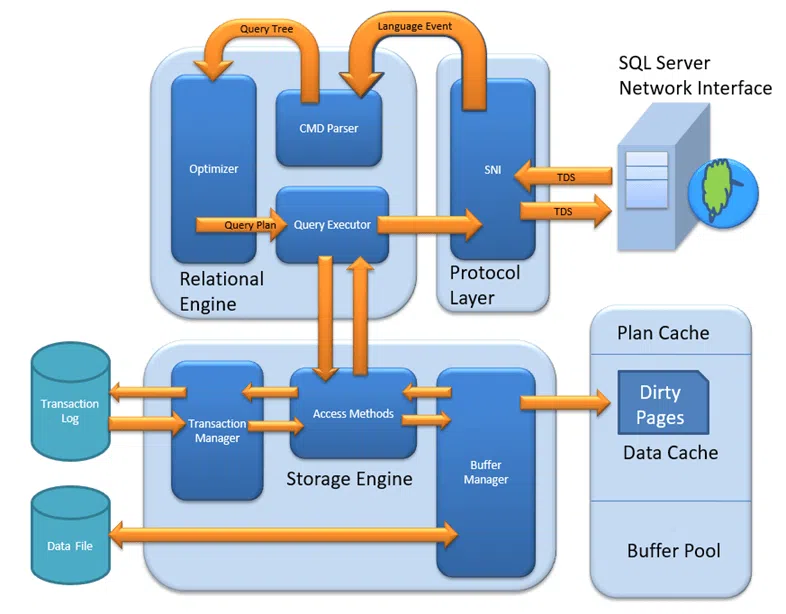
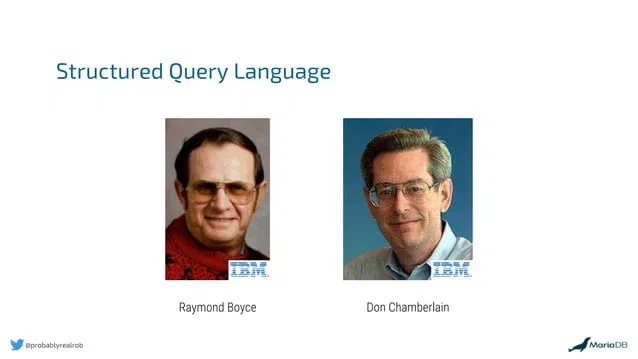
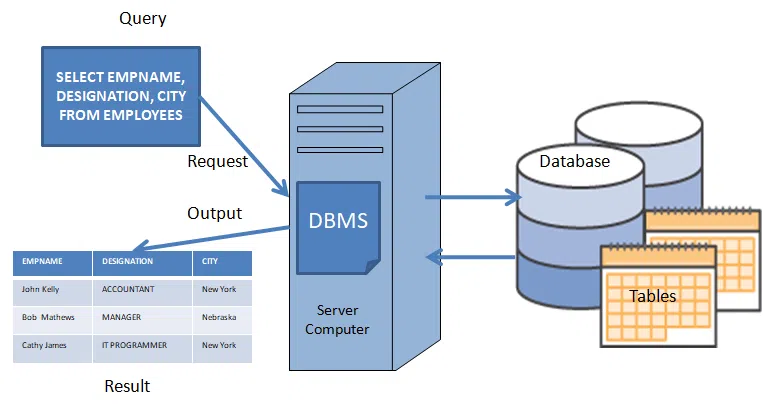
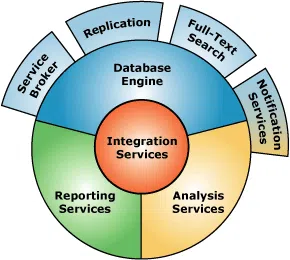
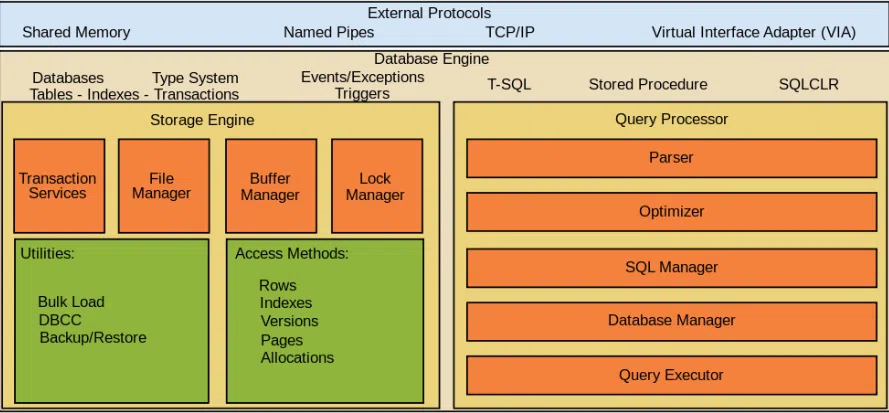

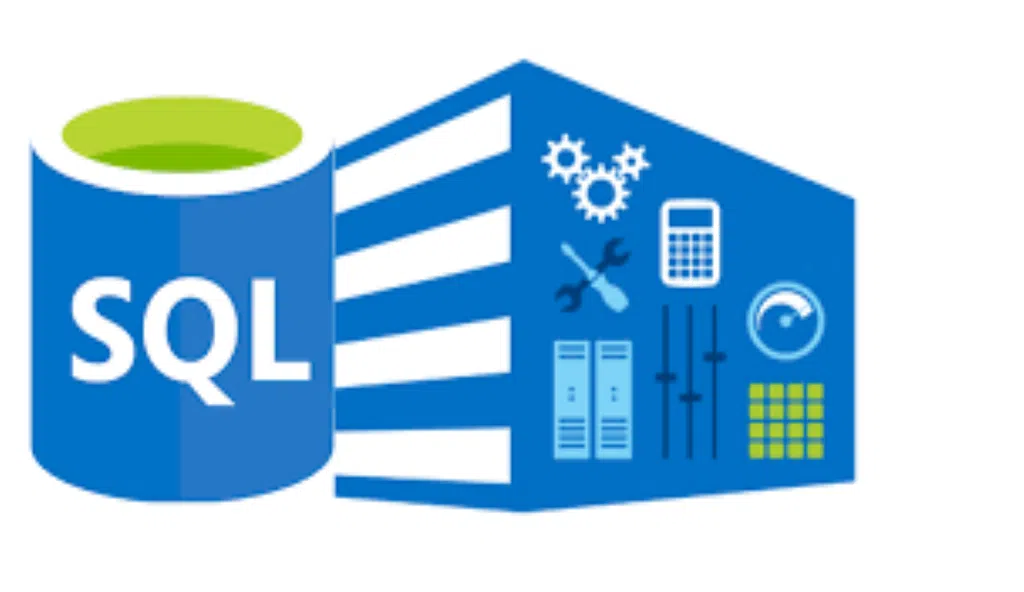
Bình luận